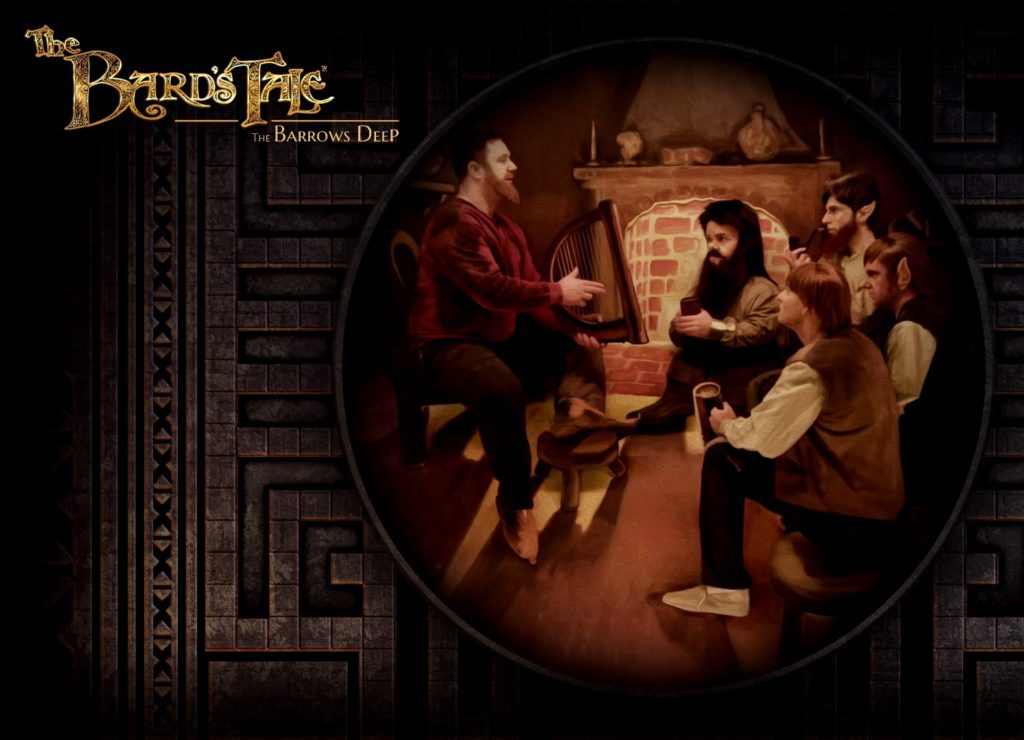
It’s not often you see a franchise with the pedigree that The Bard’s Tale has. The Bard’s Tale IV: Barrows Deep is the latest entry in a series that dates all the way back to 1985, the same year that Super Mario Bros. was first released. The original Bard’s Tale game took place in the very same city (Skara Brae) that the new game takes place in and was released on multiple computers, including the Commodore 64, Apple II, and DOS based systems. At the time, the concept of a bard who cast spells by singing them was relatively new. Dungeons & Dragons incorporated them as early as 1st Edition in the late 1970s, and Tolkien refers to bards in the 1950s in the original Lord of the Rings trilogy. But it was The Bard’s Tale really brought the concept into the modern cultural subconscious.
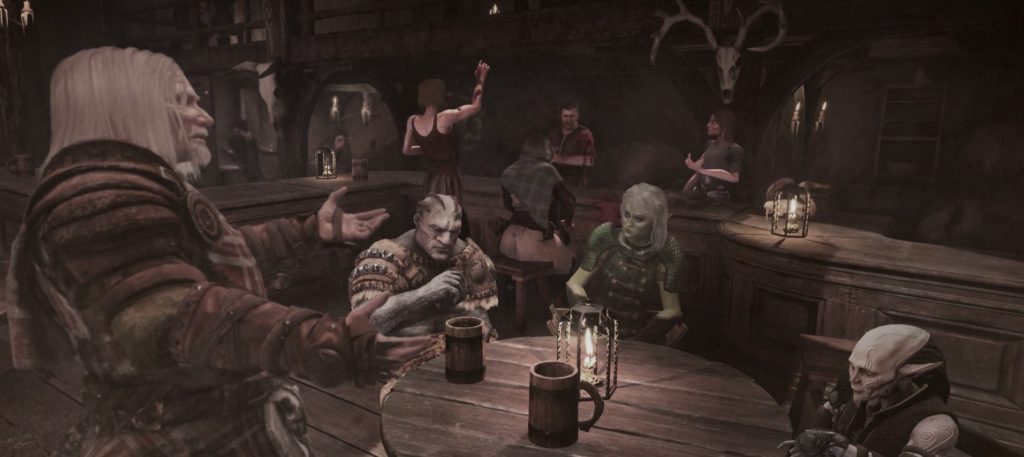
The Bard’s Tale IV: Barrows Deep attempts to hearken back to those days, bringing us back to Skara Brae over a hundred years after the events in the original trilogy, when elves and dwarves are discriminated against and evil gods are once again trying to take over the world through powerful proxies and cults. inXile Entertainment, who successfully revived Wasteland with the spectacular Wasteland 2 and created the excellent Torment: Tides of Numenera, has attempted to revitalize another vintage franchise in making The Bard’s Tale IV. It’s obvious that the entire game is a love letter to 80s PC gaming from the moment the game boots up, but not everything can be brought into the modern era without a few signs of aging. And for those of us that didn’t play the original series and don’t have the nostalgia it can evoke, it’s definitely a rough ride.
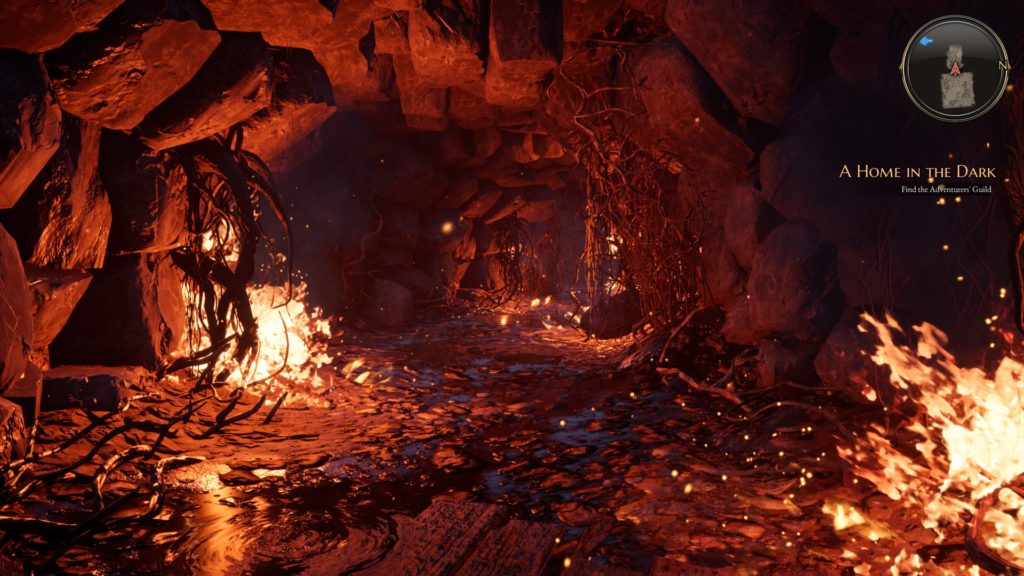
The Bard’s Tale IV starts out appropriately enough, with a song being sung in a scene identical to the cover of the original game. It’s live action and it screams hokey in a way that may make you cringe. Don’t worry, the whole game doesn’t look like this, and it is certainly a fitting initial tribute to the original source material. Once you get past the initial back story and a rather unsavory surprise in the opening sequence, you begin by wandering about Skara Brae, a large and vivid city which manages to feel quite alive, even though you’re highly restricted as to where you can walk and explore. That’s one of the best things about The Bard’s Tale IV, the ambiance of the city. Everywhere you go, it feels realistic. The way hawkers sell their wares, random people chatter on the street, even the way some alleys are filthy and littered with trash while other denizens of the city keep their tiny square of land clean and tidy. It all fits together to make the city come to life.

But that illusion doesn’t manage to extend to the gameplay. For one, you’d better like Scottish accents, because apparently everyone in Skara Brae is Scottish. Within minutes, you begin to feel like you are in a renaissance fair or attending a Highland Games event rather than playing a fantasy game. And that’s not necessarily a good thing. The immersive feeling that the game is attempting to create falls flat when the cheesy dialogue and accents make their way out as characters address you and the game progresses. This is how most of The Bard’s Tale IV plays out. It’s obviously a game that was an absolute labor of love and a complex and daring tribute to the original source trilogy. But at the same time, because they tried to stay faithful to the source content, it also ends up being a compromised design that feels clunky and tedious.

Gameplay consists of free exploration in first person. On a current, high-end computer, the game is smooth as silk, and the freelook style works very well as you explore the city. Graphically, there were virtually no issues during my time with The Bard’s Tale IV. It’s an excellent base engine, and one that I definitely appreciated. But every time I picked up an herb growing in an alleyway, my character insisted on strumming his lute. Every single time. I wanted to smash that damn lute within 15 minutes, most notably because I didn’t actually play through with a bard since you have the option of multiple character classes, yet your character still defaults to an irritating amount of music. On top of that, it was surprisingly easy to miss clicking on items in the environment because the targeting interface was so finicky. I spent a bit more time than I’d like just aiming my cursor until the icon shifted and I could harvest some herbs to make potions. Between the constant strumming, the grinding Scottish accents, and the constant background folk music, I had the beginnings of pretty severe irritation quite quickly. All I wanted by the time the initial story started moving was to get into some combat and away from the quirky, personality-laden characters of Skara Brae. Alas, combat was no escape either.
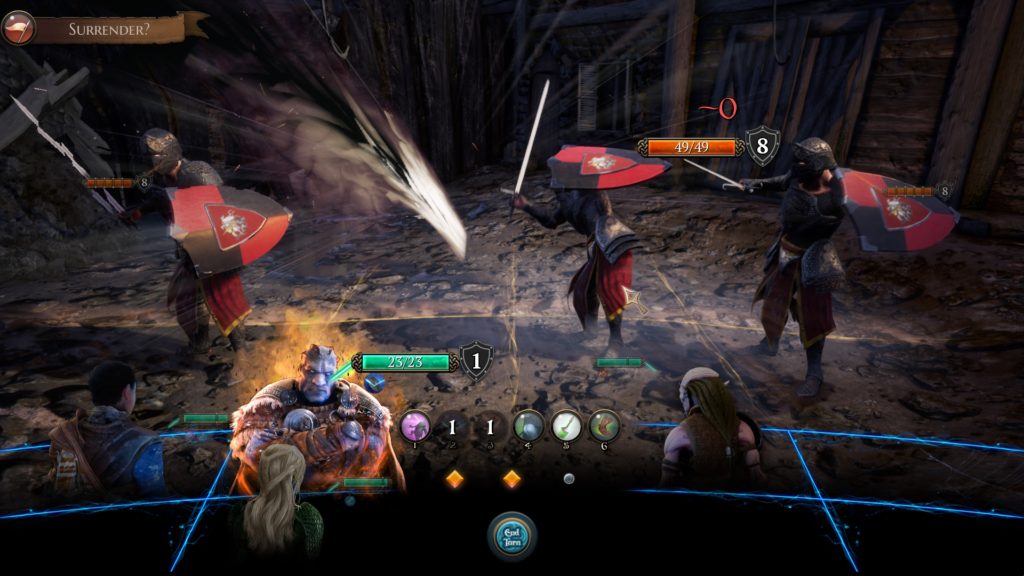
In The Bard’s Tale IV, combat consists of a turn-based grid system. In theory, this is a neat concept. But you only have a handful of movement options. Front and back, 4 slots in each, and the same for your enemies. Due to the size of the characters and the insistence on showing all of your party’s poorly animated character images, the combat screen feels crowded and odd. The entire interface is just utterly clunky, constantly clicking and de-selecting options while staring at my magic user inexplicably holding a lute while not actually being a bard. The enemy animations aren’t bad, but that’s about it. You run out of spell and action points rapidly, and often it’s impossible to target an enemy because you’ve had to waste action points lining up with them on the grid or your action has used more than one of the whopping three action points you get each turn, encompassing both movement and attacks.
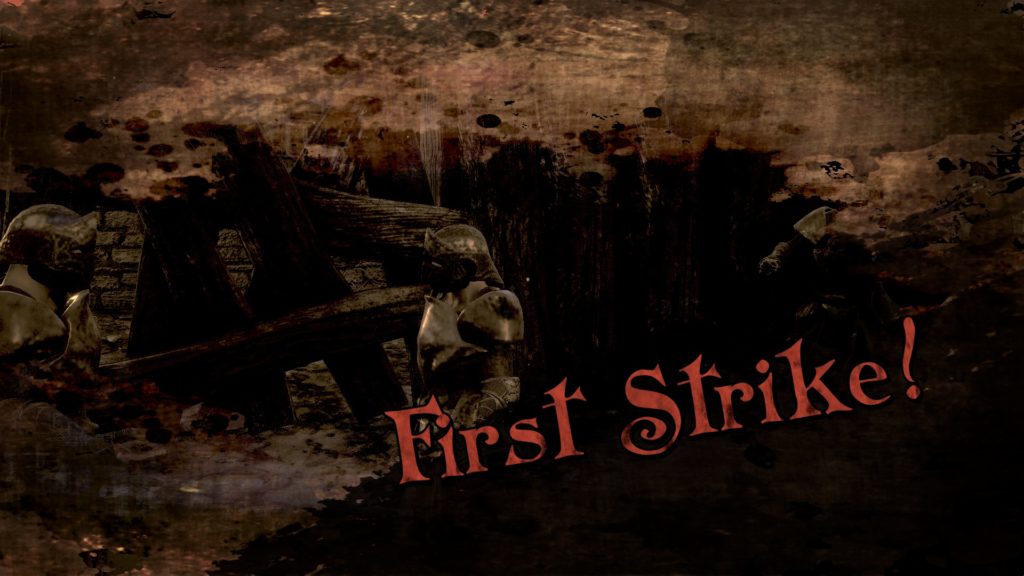
Other reviews have discussed how elegant and tactical the game is, requiring you to plan each move with precision and finesse in each combat. I can see where they’d think that, but honestly, it doesn’t feel elegant so much as it does unfinished. Combat flows poorly, with the AI running out of action points just as fast as you. Often times, neither side lands more than one or two blows, even though there might be 8 or 9 participants in the battle. It’s even less realistic than combat in which each character gets a single turn in order, and utterly frustrating due to the length to which each combat ends up drawn out. Battles that should take seconds take minutes, and longer battles are an exercise in tedium.
In comparison, look at the grid-based combat system of the recently released Radiant Historia: Perfect Chronology for the Nintendo 3DS. It’s clean, elegant, and challenging. That system moves fast and keeps combat flowing smoothly to a point where you’re planning out precision attacks to knock enemies into the positions you want them in to maximize damage and casualties. In The Bard’s Take IV, it’s the opposite, where you struggle to hit an enemy at all as you rapidly run out of both action points and hit points, even with weaker enemies. Granted, you can kill off the low level enemies faster as you gain more party members, but it never becomes fun. It’s simply draining.

And if wandering about in a very directed manner across the world of the Bard’s Tale wasn’t appealing enough, there’s one more thing that makes The Bard’s Tale IV: Barrows Deep extra special. Puzzles! Because what’s a deep, complex RPG without a ton of pointless Myst-style click puzzles, right? Right from the beginning, to open gates within the city, you’re already clicking on gears and shifting them about to trigger the lock mechanisms. It’s so illogical that it honestly generates rage by about the third gate. No simple finding a key or a hidden switch here. No, let’s click on seven different gears until they line up and the gates open! That’ll keep out the riff raff! And the puzzles only get larger and more complex as the game progresses. You’ll spend hours pointlessly clicking on various posts and walls and pretty much everything else to try and get through The Bard’s Tale IV. And if you’re like me and you absolutely despised games like Myst and The 7th Guest, you’ll hate every single bloody minute of it.
Ultimately, the Bard’s Tale IV: Barrows Deep is a messy mélange of concepts: With freelook dungeon crawling, grid based tactical strategy, and an attempt at a complex story that comes off feeling like it’s trying to parallel current world politics with its blunt references to discrimination, it all just fails to blend together and find a cohesive personality. If you love the Bard’s Tale series, this one might be for you, but for the rest of us, you’ll probably do better to avoid it altogether.
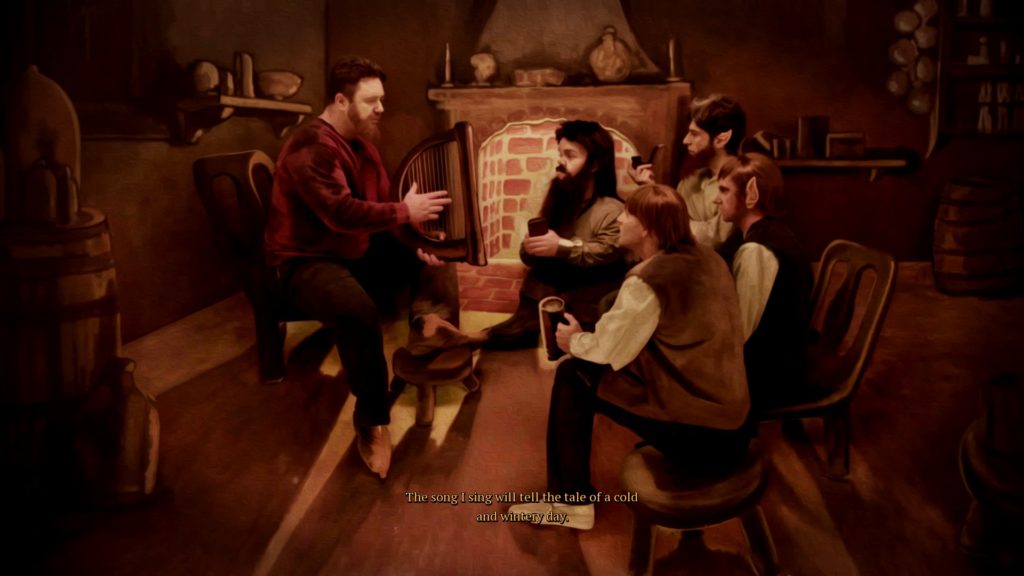
This review was based on a retail version of The Bard’s Tale IV: Barrows Deep supplied by the publisher, running on an an I7-8700K with 16 GB of DDR4-3000 RAM, and an Asus GeForce GTX 1080 ROG Strix graphics card.

